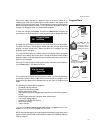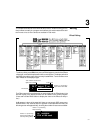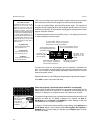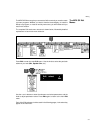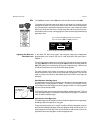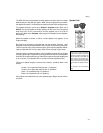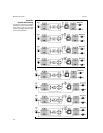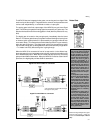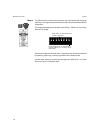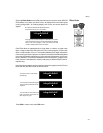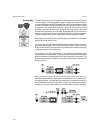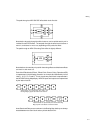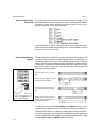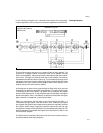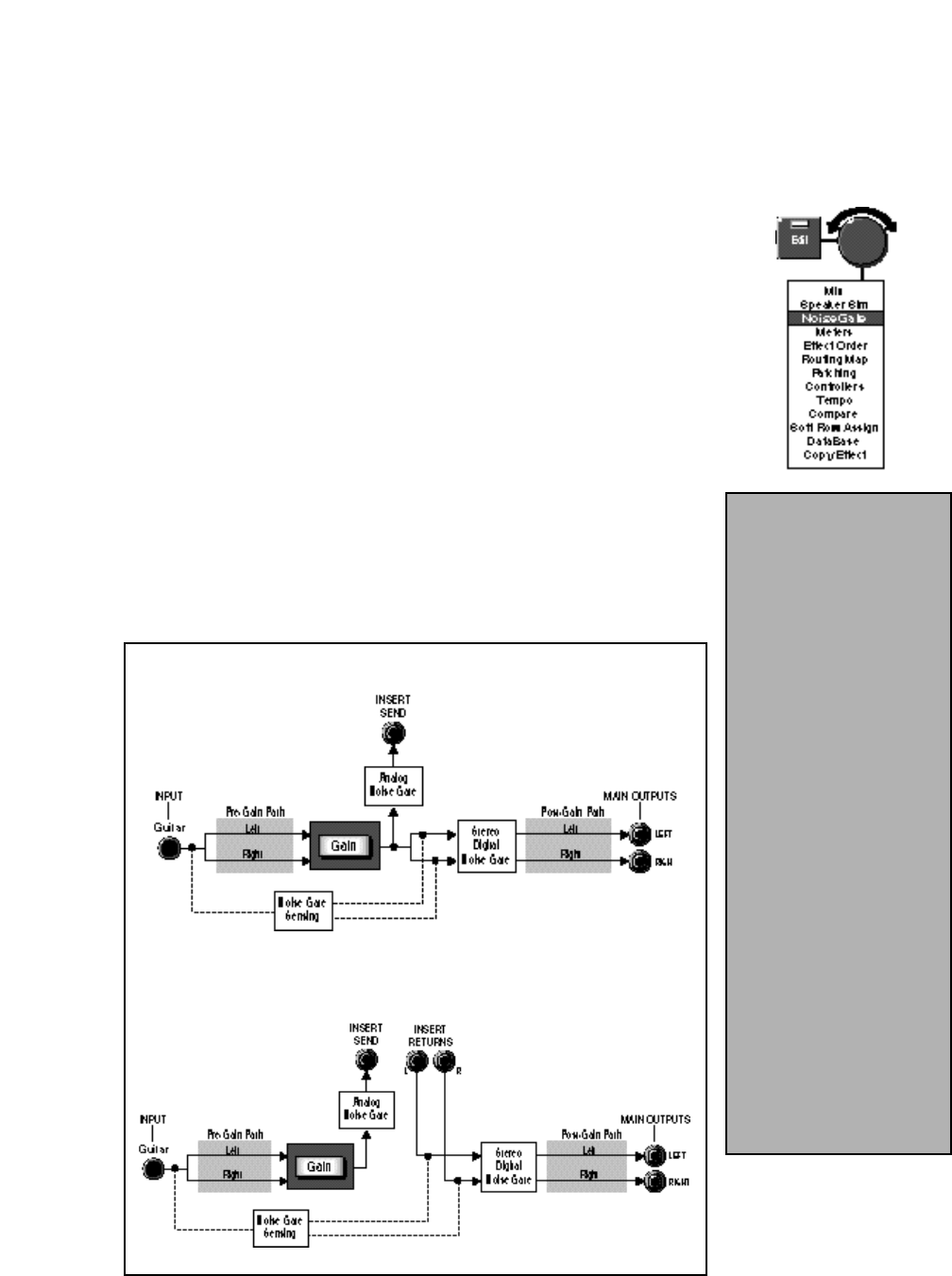
3-7
Editing
Noise Gate
The MPX G2 has two integrated noise gates, one analog and one digital. Both
are driven by the direct signal. The gates share a common set of parameters and
can be used independently, or combined to create a “super gate”.
The analog gate is the final output stage of the MPX G2 pre-gain Insert Send
path. This allows you to gate the analog signal connected to your guitar amp. The
attack and release times of the analog gate are fixed (both are preset to be very
fast).
The digital gate is located on the post-gain path, immediately after the Insert
Returns. This stereo gate allows you to gate the effects Send signal coming from
an external guitar preamp before it is processed by any post-gain effects such
as reverb or delay. (This means that reverb and decay tails will ring out naturally
when the gate shuts down.) The digital gate is driven by the same pure guitar
signal as the analog gate, so both gates have the same sensitivity to light touch
— no matter how many effects the guitar is going through.
When the MPX G2 is connected in front of an amp and/or in the effects loop,
these two gates form an integrated noise reduction system that provides more
than 120dB of attenuation. When the G2 is used with amp input only, the analog
gate provides 40dB of attenuation. When the MPX G2 is used as a stand alone
processor, the digital gate provides 90dB of attenuation.
Given a choice, many players
prefer not use gates of any kind
as they can affect tone and play-
ing style dynamics. In live and
recording situations where high-
powered amps are pushed hard,
however, the use of a gate is
sometimes unavoidable. (If a
player uses stomp-box effects in
front of the amp, and rack effects
in the effects loop, two gates are
required: one between the amp
input and the last stomp box in
the effect chain, and another on
the amp's effects send to gate
noise before it hits the rack pro-
cessors.)
In a component system, the gate
is driven by the processed guitar
audio — which means that the
threshold must be set quite high
to compensate for all of the noise
added by the pre-gain effects
(wah, compressor, overdrive,
etc.). You have to play pretty hard
to get the gate to open up, and
sustained notes are noticably
chopped off.
As the MPX G2’s analog gate is
driven by the unprocessed gui-
tar, the threshold can be set
much lower, creating a sensitive
gate that opens up with a very
light touch and which remains
open considerably longer during
sustaining notes and chords. It
also makes it possible to use the
guitar’s volume control to con-
trol the gate directly.
The Digital Noise Gate controls signals
going to the post-gain path. It is used to
gate audio from the pre-gain path (no In-
serts connected) or to gate audio coming in
through the return jacks.
The Analog Noise Gate controls the
signal leaving the Send jack. It is
used to gate audio going to a guitar
amp input.
Both the analog and digital noise gates
share the same sensing — which can
be set to either Guitar Input or Return
Only.
Signal Flow with no Returns connected
Signal Flow with Returns connected



